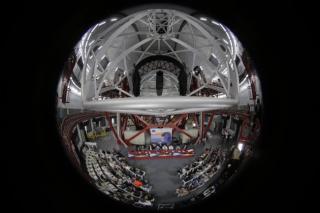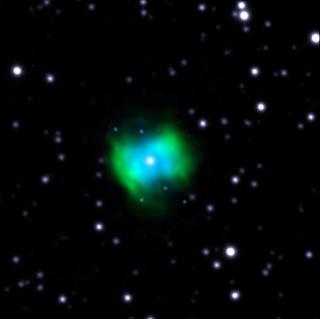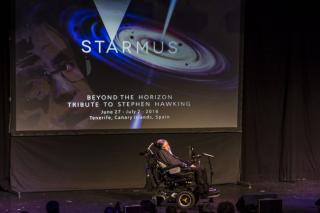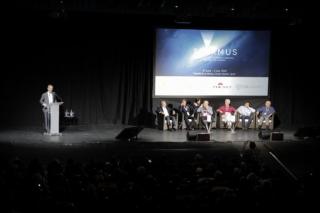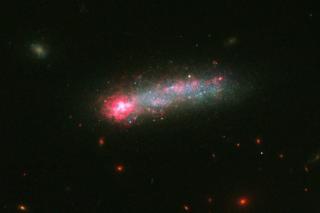The sessions of the second day of the Starmus festival, moderated by the astrophysicist Jill Tarter, Director of the SETI project, began with a talk by the Nobel Laureate for 2011 in Physics, Brian Schmidt who, together with Adam Reiss and Saul Perlmutter, discovered that the universe is in a state of accelerating expansion. Schmidt, for whom “the power of astronomy is that it lets us look directly into the past”, talked about the “dark” dark universe, referring to the dark matter (26%) and the dark energy (69%) of the universe. In his talk, he explained how he arrived at the conclusion that

